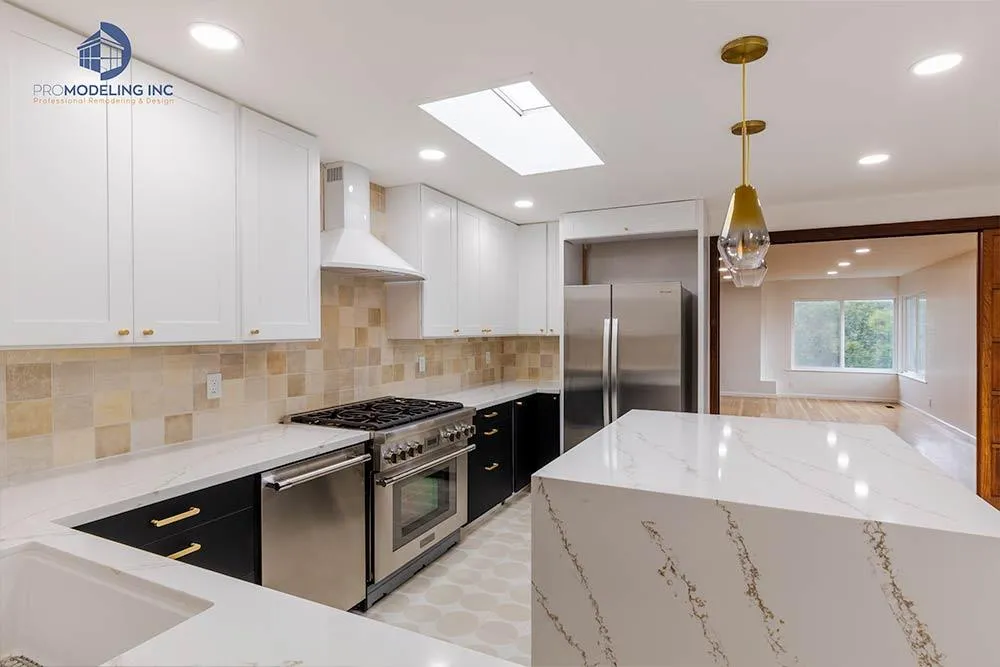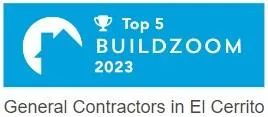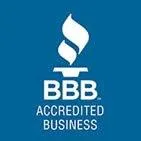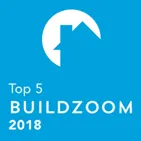Financing Options for ADUs in Bay Area
After acquainting yourself with Accessory Dwelling Units and understanding the associated costs, the next crucial step is determining how to construct and finance a granny flat. Whether your intention is to build an ADU for family use, generate rental income, or create additional living space, successfully managing the financing aspect is paramount.
For those currently benefiting from low interest rates on their primary homes and finding a refinance unappealing, a "Fixed Rate Second Position Loan" could be a viable alternative.
Continue reading for insights into various lending options and alternative avenues for ADU financing in California. We are eager to collaborate with you and your lender to ensure that you have the necessary plans, scope of work, and budget required for the submission of loan documentation related to construction loans.

116
ADUs completed & in progress
Financing Options for ADUs in Bay Area
After acquainting yourself with Accessory Dwelling Units and understanding the associated costs, the next crucial step is determining how to construct and finance a granny flat. Whether your intention is to build an ADU for family use, generate rental income, or create additional living space, successfully managing the financing aspect is paramount.
For those currently benefiting from low interest rates on their primary homes and finding a refinance unappealing, a "Fixed Rate Second Position Loan" could be a viable alternative.
Continue reading for insights into various lending options and alternative avenues for ADU financing in California. We are eager to collaborate with you and your lender to ensure that you have the necessary plans, scope of work, and budget required for the submission of loan documentation related to construction loans.

116
ADUs completed & in progress
Optimal financing choices for Accessory Dwelling Units (ADUs)
Home Equity Loan
A home equity loan, akin to a home equity line of credit (HELOC), is typically the straightforward choice for financing an ADU, although current rates may be higher. Primary residences usually allow for a Loan-To-Value (LTV) of up to 80-90%. For instance, if your home is appraised at $700K and your existing loan is $400K, you might access a credit line of $160K (80% of $700K = $560K - $400K). This type of loan often provides flexibility, allowing you to draw down the credit line as needed, with interest charged only on the amount used.
Fixed Rate Second Position Loan
A relatively new loan product relies on the value of your home after adding the ADU, known as the "after renovation value." It doesn't require refinancing your existing loan, offering terms up to 20 years, and there are no "draws" like a construction loan. The entire loan amount is disbursed upfront, and after renovation completion, an appraiser issues a certificate of completion. Further details on fixed-rate second position loan options can be found here.
Construction Loan
If your home equity is limited or your existing loan is close to the conforming limit, a construction loan is a viable option for ADU financing. This loan covers building costs, and after construction, it transitions into an adjustable-rate mortgage (ARM), essentially refinancing the original mortgage. These loans typically involve interest-only payments during construction, and interest is only due when funds are drawn down. Construction loans are available for both owner-occupied and rental properties.
Renovation Loan (203K or Homestyle)
Renovation loans enable homeowners to finance a renovation project, including ADUs, into their mortgage. Fannie Mae Homestyle even allows for the construction of detached ADUs. These loans often offer up to 95% financing for a primary residence or 85% for an investment property. Renovation loans can be combined with a purchase loan and later refinanced for a better interest rate or different loan amount. Jumbo construction-to-permanent single-close loans are available with up to 95% LTV.
Cash-Out Refinance
A cash-out refinance replaces your existing mortgage with a new one for an amount exceeding your current mortgage, with the surplus given to you in cash. Equity in your house is required for a cash-out refinance, typically capped at 80-90% of your home's equity. For example, if your home is worth $1M and you owe $600K, you could potentially get a loan of $800-900K, allowing for a cash-out opportunity of $200-300K.
Home Equity Conversion Mortgage (HECM, ages 62+)
Known as a reverse mortgage, an HECM is an option when at least one homeowner is 62 or older, and the property is a primary residence. The owner can borrow up to 42% of the home at age 62, increasing to 70% at age 86 or older. The new loan pays off any existing loans, and the remaining funds can be used on the primary residence or an investment property. This loan is structured as a line of credit, and the borrower has access without fund control requirements, with interest added to the loan balance, eliminating debt service before or during construction.
Optimal financing choices for Accessory Dwelling Units (ADUs)
Home Equity Loan
A home equity loan, akin to a home equity line of credit (HELOC), is typically the straightforward choice for financing an ADU, although current rates may be higher. Primary residences usually allow for a Loan-To-Value (LTV) of up to 80-90%. For instance, if your home is appraised at $700K and your existing loan is $400K, you might access a credit line of $160K (80% of $700K = $560K - $400K). This type of loan often provides flexibility, allowing you to draw down the credit line as needed, with interest charged only on the amount used.
Fixed Rate Second Position Loan
A relatively new loan product relies on the value of your home after adding the ADU, known as the "after renovation value." It doesn't require refinancing your existing loan, offering terms up to 20 years, and there are no "draws" like a construction loan. The entire loan amount is disbursed upfront, and after renovation completion, an appraiser issues a certificate of completion. Further details on fixed-rate second position loan options can be found here.
Construction Loan
If your home equity is limited or your existing loan is close to the conforming limit, a construction loan is a viable option for ADU financing. This loan covers building costs, and after construction, it transitions into an adjustable-rate mortgage (ARM), essentially refinancing the original mortgage. These loans typically involve interest-only payments during construction, and interest is only due when funds are drawn down. Construction loans are available for both owner-occupied and rental properties.
Renovation Loan (203K or Homestyle)
Renovation loans enable homeowners to finance a renovation project, including ADUs, into their mortgage. Fannie Mae Homestyle even allows for the construction of detached ADUs. These loans often offer up to 95% financing for a primary residence or 85% for an investment property. Renovation loans can be combined with a purchase loan and later refinanced for a better interest rate or different loan amount. Jumbo construction-to-permanent single-close loans are available with up to 95% LTV.
Cash-Out Refinance
A cash-out refinance replaces your existing mortgage with a new one for an amount exceeding your current mortgage, with the surplus given to you in cash. Equity in your house is required for a cash-out refinance, typically capped at 80-90% of your home's equity. For example, if your home is worth $1M and you owe $600K, you could potentially get a loan of $800-900K, allowing for a cash-out opportunity of $200-300K.
Home Equity Conversion Mortgage (HECM, ages 62+)
Known as a reverse mortgage, an HECM is an option when at least one homeowner is 62 or older, and the property is a primary residence. The owner can borrow up to 42% of the home at age 62, increasing to 70% at age 86 or older. The new loan pays off any existing loans, and the remaining funds can be used on the primary residence or an investment property. This loan is structured as a line of credit, and the borrower has access without fund control requirements, with interest added to the loan balance, eliminating debt service before or during construction.
How to Evaluate ADU Loan Choices
Exploring financing options for a granny flat in San Diego? Utilize our ADU financing calculator to compare various loan possibilities, such as Renovation Loans, HELOCs, and Cash-Out Refinance. You can input estimated costs for your ADU based on our actual plans and prices. Our aim is to assist you in obtaining the necessary figures for making an informed decision about constructing and financing your ADU in California. If you haven't secured a lender yet, we're pleased to connect you with reputable providers we frequently collaborate with for granny flat financing.

How to Evaluate ADU Loan Choices
Exploring financing options for a granny flat in San Diego? Utilize our ADU financing calculator to compare various loan possibilities, such as Renovation Loans, HELOCs, and Cash-Out Refinance. You can input estimated costs for your ADU based on our actual plans and prices. Our aim is to assist you in obtaining the necessary figures for making an informed decision about constructing and financing your ADU in California. If you haven't secured a lender yet, we're pleased to connect you with reputable providers we frequently collaborate with for granny flat financing.

Have Questions About Your ADU Project? Let Us Guide You.
Have Questions About Your ADU Project? Let Us Guide You.
Contact Info
Main Office:
10567 San Pablo Ave #6, El Cerrito, CA 94530
San Diego:
888 Prospect St Suite 200 La Jolla, CA 92037
Marin County:
4040 Civic Center Dr, San Rafael, CA 94903
Call Us Today To get Started
Contact Info
Main Office:
10567 San Pablo Ave #6, El Cerrito, CA 94530
San Diego:
888 Prospect St Suite 200 La Jolla, CA 92037
Marin County:
4040 Civic Center Dr, San Rafael, CA 94903
888-222-8553








